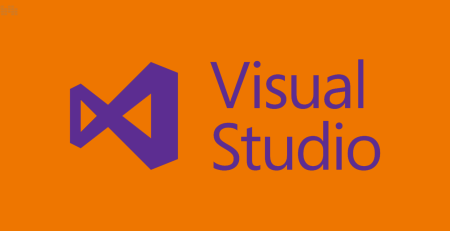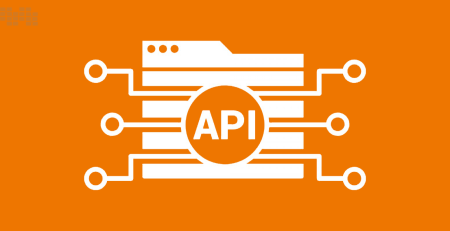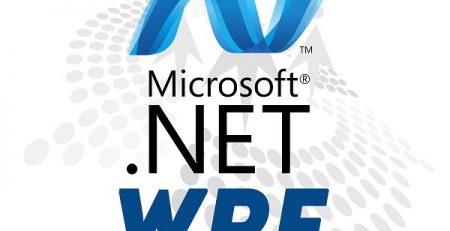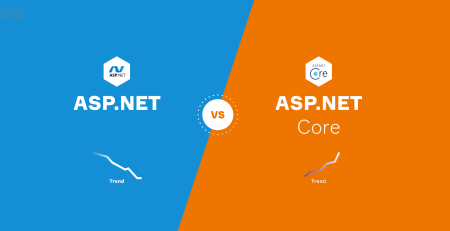Introduction to RabbitMQ
One of the most popular open-source message brokers is RabbitMQ. The Advanced Message Queuing Protocol served as its foundation at first (AMQP). Later, it was changed to support Streaming Text Oriented Messaging Protocol (STOMP), Message Queuing Telemetry Transport (MQTT), and several other widely used protocols. Several messaging scenarios that have emerged during the past 25 years can be employed with RabbitMQ. It is renowned for its interoperability and dependability. It is one of the greatest options for creating a dependable, expansive, clustered, robust message infrastructure because it has been implemented in many different languages.
What is RabbitMQ?
It is also known as the hybrid broker and is a conventional message broker that supports a variety of messaging protocols, including AMQP, MQTT, and STOMP. Numerous pub-sub, point-to-point, and request-reply messaging variants are supported. It employs a smart broker/dumb consumer approach and aims to constantly deliver messages to customers. If correctly set up, it provides excellent performance, supports client libraries written in many different languages, including Java, Ruby, .NET, PHP, and others, and provides a number of plugins that may be added to expand use cases and integration situations. It provides synchronous and asynchronous communication options.
For various use cases, RabbitMQ provides a number of acknowledgements and transactions across messaging queues. Additionally, it enables the separation of the different transactional semantics (if required). Distributed transactions like X/Open XA transactions are also supported. Additionally, it allows idempotent messages and message grouping. With regard to accessing queues, it offers a great deal of fine-grain control. Access to specific queues can be restricted, and there are many other options available.
RabbitMQ excels in the areas of operations and security. For operations, HTTP UI, CLI tools, and browser-based UI for monitoring and management are all provided by the RabbitMQ management plugin. RabbitMQ includes RBAC and TLS support in addition to having an internal data store, LDAP, or external HTTPS-based providers.
Why We Use RabbitMQ?
With the help of the messaging broker known as RabbitMQ, web servers may respond quickly to requests instead of having to consume a lot of resources and make the user wait. Additionally, it can be used to load balance among customers when there is a significant volume of traffic or to distribute messages among multiple users.
The following are some situations where utilizing RabbitMQ would be preferable:
- Your application needs to use a combination of different messaging protocols like STOMP, AMQP, MQTT, etc.
- It would help if you had finer and more consistent control on a per-message basis.
- Your application needs more than one messaging technique like pub/sub, point to point, request/reply, etc.
- It is useful when we need to run the same job on a specific server, group of servers or all servers. The application sends one message, and exchange will route it. This is possible due to the powerful routing capability of RabbitMQ.
- If you need to integrate your messaging broker with existing IT infrastructure, RabbitMQ is the one to go with.
If your application requires to run on stream history, RabbitMQ can also be utilized with Cassandra (No-SQL), and you can use LevelDB plugin if your application needs to use Infinite Queue.
What Can We do with RabbitMQ?
Using messaging, programs may scale up and connect. Applications can connect to end-users’ devices and data, other applications as components of a bigger application, or one another. A messaging broker, or intermediary entity for messaging, is RabbitMQ. It offers a standard platform for your applications to send and receive messages as well as a secure storage location for your messages till they are read.
It offers the following features:
- Reliability: It provides a number of capabilities, like as persistence, high availability, and publish confirms, that let you trade off performance with reliability.
- Flexible Routing: After reaching exchanges, messages are forwarded to queues. For a variety of use situations, RabbitMQ provides a number of preconfigured exchanges. By connecting exchanges or creating your own exchange-type as a plugin, you can specify more sophisticated routing.
- Clustering: A single large broker can be created by combining two or more RabbitMQ servers that are connected to the same local network.
- Federation: In certain use scenarios, servers must be more shakily and loosely coupled than clustering permits. For such circumstances, RabbitMQ provides a federation approach.
- Highly Available Queue: By replicating queues across a number of cluster nodes, messages are kept safe even in the event of hardware failure.
- Multi-Protocol: RabbitMQ supports several of the messaging protocols.
- Management-UI: RabbitMQ comes equipped with an easy to use Management UI that helps in smooth control and monitoring of every aspect of the broker.
- Tracing: In case the system misbehaves, RabbitMQ offers to trace support to find out what is breaking the system.
- Plugin System: RabbitMQ comes with varieties of plugins, and you are also allowed to write a custom plugin to meet requirements.
Conclusion
Due to its support for complex-routing, RabbitMQ is widely used in the sector. Many large businesses and organizations have adopted it, including JP Morgan, NASA (for Nebula Cloud Computing), and Google.












Comments (2)
Howdy! Would you mind if I share your blog with my twitter group? There’s a lot of people that I think would really enjoy your content. Please let me know. Thanks
Sure I don’t mind